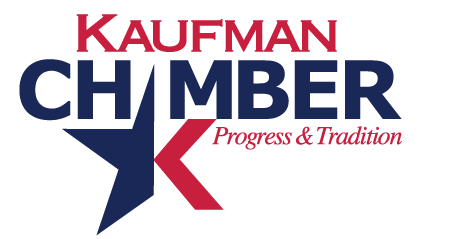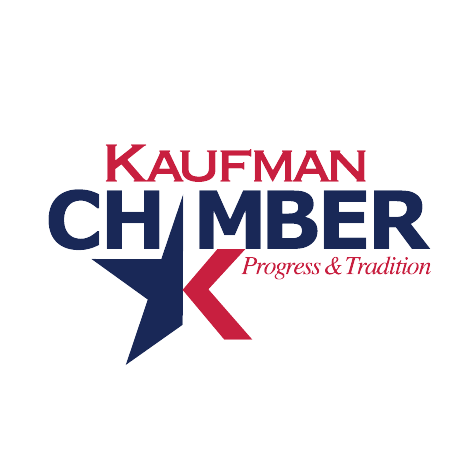- New tipping culture prompts questions and confusion about gratuity habits.
- Tipping opportunities have increased, but readiness to tip has decreased.
- Inflation and confusion contribute to tipping reluctance.
- Tipping fatigue negatively affects workers who rely on tips.
- Businesses can address the issue by educating consumers, communicating tipping policies clearly, or exploring alternative models for fair wages.
668 words ~ 3 min. read
Here’s a familiar dilemma: you walk into your favorite local coffee shop, grab a latte, and as you’re about to pay the screen prompts you: “Add a tip?” This scenario has become a staple in our modern lives, reflecting a new tipping culture that often leaves more questions than cash in the jar. So, what’s behind the shift in gratuity habits and what does this mean for businesses and workers who rely on tips?
Tipping Fatigue is Real
Tipping, traditionally a token of gratitude or satisfaction towards service, has recently experienced some culture shocks. It’s now common practice to be prompted to tip before the service has been rendered or even in an online transaction that involves zero human interaction. As tipping opportunities multiply, our readiness to tip has, paradoxically, dwindled. While tipping 20% remains the standard in full service restaurants, in 2023 Toast’s restaurant trends report found that the average tip had dropped to 19.4%.
Business experts believe much of our reluctance stems from confusion. In the not-so-distant past the relationship between service and tip was clear. But when we fast forward to the present, when counter service comes with payment technology and tip suggestions, consumers are stuck wondering not only how much but if they should tip at all. And as inflation continues to challenge pocket books, some consumers are feeling tapped out.
Economists argue that tipping isn’t simply a debate between stinginess and generosity. Inflation has transformed gratuity habits into less of a social act and more of a financial one. The problem is some workers rely on tips to make up for lower wages, so tipping fatigue can have a very negative effect on certain professions, such as table servers, hair stylists, and drivers.
The Most Helpful Business Strategy: Transparency
One solution to tipping fatigue is to educate consumers on how workers get paid. According to Dr. Jaime Peters, assistant dean and assistant professor of finance at Maryville University, if someone has agreed to work for a lower wage because tips make up the difference, people should consider this in their tipping habits. How much should you tip at a digital kiosk? That depends on who you ask. For excellent service, Dr. Peters suggests 10-12 percent, while others believe that it’s the same as a tip jar and should be considered optional.
Businesses who do choose automated tipping prompts for counter service should be advised that some consumers feel ‘emotional blackmailed’ from a 20-30% prompt for a cup of coffee. Others consider the technological nudge even more nefarious, with questions around who exactly receives the gratuity–workers or the business? Consumer experts advise businesses to communicate their tipping policies clearly, so their patrons feel informed about their invitation to leave extra.
Alternatively, some businesses have chosen to increase the prices on their menu and forgo tips all together, in order to provide higher wages and benefits. This practice makes the cost of doing business more transparent for consumers, who agree to pay more upfront knowing that they’ll be tipping less when it’s time to settle up. Other restaurants like Kachka, in Portland, Oregon, announced a new wage equity plan in 2022, with a 22% service charge instead of tips for diners, along with free healthcare for employees and a profit-sharing model. While Kachka’s tipping policy insists on the surcharge, which some customers won’t like, their transparency helps diners understand what happens to the money.
The Takeaway
With the rise of technology and shifting consumer attitudes, the act of tipping has become more complex and confusing. While some consumers feel tapped out and uncertain about when and how much to tip, it is important to consider the impact on workers who rely on gratuities to supplement their wages. Businesses can play a role in addressing this issue by educating consumers, communicating tipping policies clearly, or exploring alternative models that prioritize fair wages. Ultimately, finding a balance between customer satisfaction and worker well-being is crucial in shaping the future of service-based businesses.
Last modified: February 20, 2024



